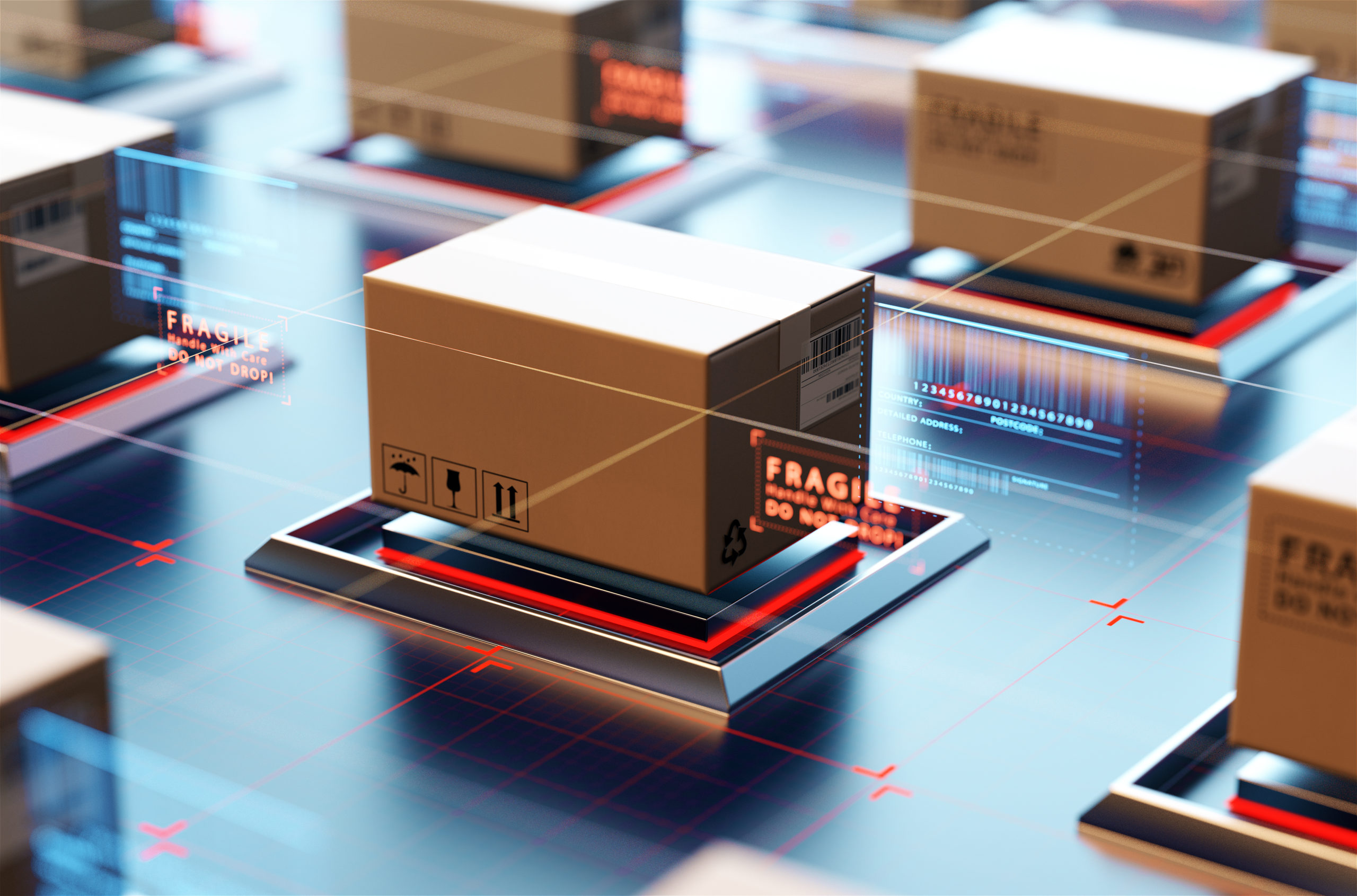The role of technology in improving cross-border logistics and supply chain management is critical. As the eCommerce market continues to grow and expand globally, the challenges of managing international logistics and supply chains are becoming more prominent. Technology and automation can help eCommerce logistics providers overcome these challenges and improve efficiency, reduce costs, and meet the changing needs of consumers and businesses.

One of the key ways that technology is improving cross-border logistics is by providing better visibility and tracking capabilities. With real-time tracking and monitoring of shipments, eCommerce logistics providers can improve the accuracy and reliability of their deliveries, and provide customers with up-to-date information about the status of their orders. This can help to reduce delays and improve customer satisfaction.
Another way that technology is improving cross-border logistics is by automating and streamlining key processes. For example, using automation in warehouses and fulfillment centers can help to reduce errors and improve efficiency. This can lead to faster turnaround times and lower costs, making it easier for eCommerce logistics providers to compete in the global market.

In addition, technology is also playing a role in improving the sustainability of cross-border logistics. By using data analytics and artificial intelligence, eCommerce logistics providers can optimize routes and shipping schedules to reduce fuel consumption and emissions. This can help to reduce the environmental impact of cross-border logistics, and make it easier for eCommerce logistics providers to meet the growing demand for sustainable solutions.
Overall, the role of technology in improving cross-border logistics and supply chain management is crucial. By leveraging technology and automation, eCommerce logistics providers can overcome the challenges of managing international logistics and supply chains, and position themselves for success in the global market.